SUMMARY
This is AI generated summarization, which may have errors. For context, always refer to the full article.
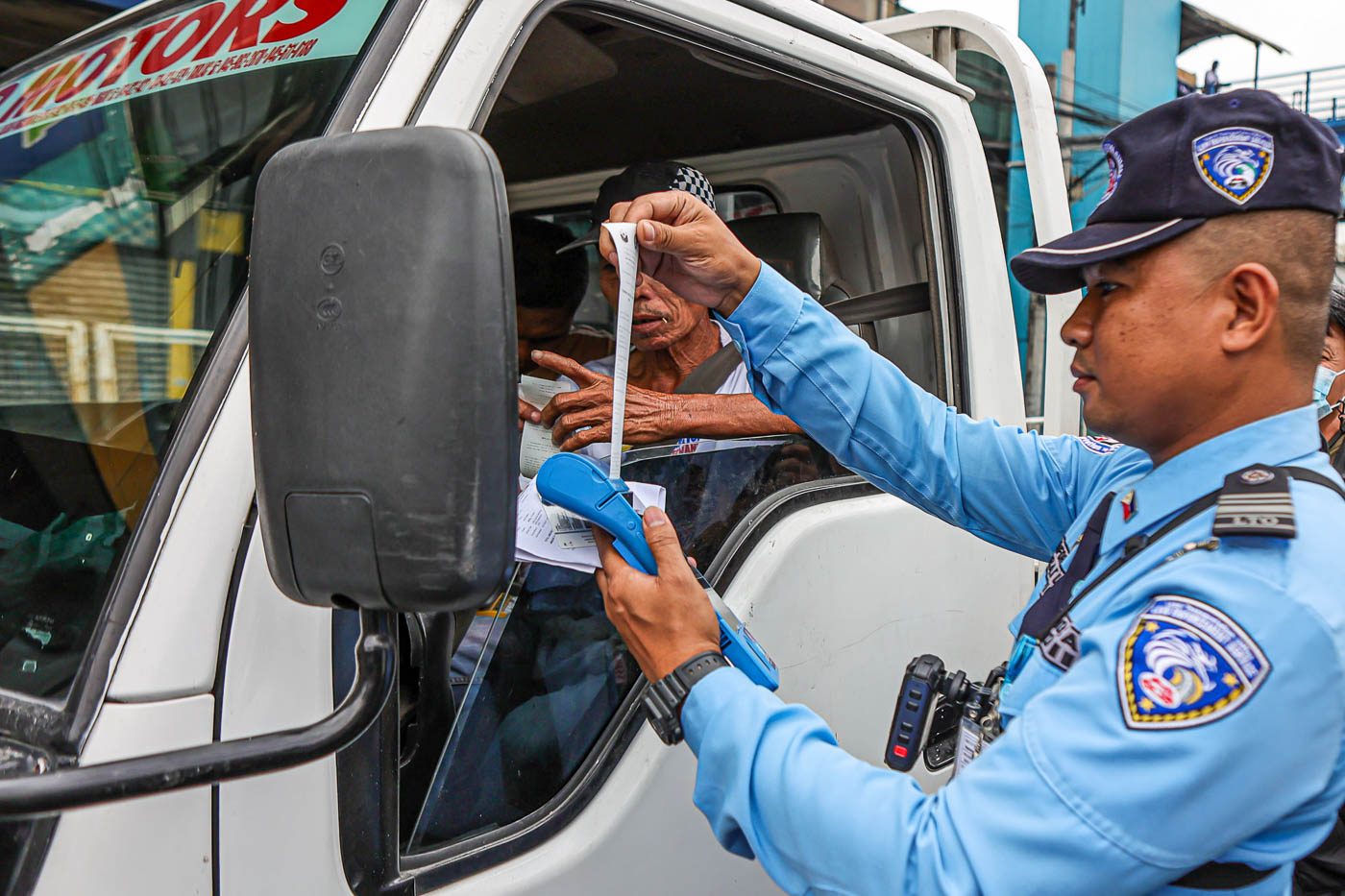
MANILA, Philippines – The pilot run of the single ticketing system for traffic violations in Metro Manila began on Tuesday, May 2.
This ticketing system, which seeks to centralize traffic enforcement in the capital region, will first be rolled out in Manila, Parañaque, Quezon City, Caloocan, San Juan, Muntinlupa, and Valenzuela.
Metropolitan Manila Development Authority (MMDA) spokesperson Melissa Carunungan said the policy will be implemented first in selected areas to make necessary adjustments should problems arise.
The single ticketing system was adopted by the Metro Manila Council on February 1 by establishing the Metro Manila Traffic Code of 2023.
Here’s what you need to know about the single ticketing system:
What is the purpose of the single ticketing system?
The single ticketing system seeks to “harmonize the existing national and local laws on traffic enforcement to establish an effective transport and traffic management system in Metro Manila.”
MMDA acting chairman Don Artes also said this would minimize corruption between the driver and the enforcer.
How much is the fine for traffic violations under the single ticketing system?
Here are the most common traffic violations and their corresponding fines based on the Metro Manila Traffic Code of 2023:
- Disregarding traffic signs – P1,000
- Obstruction – P1,000
- Overloading – P1,000
- Defective motor vehicle accessories – P1,000
- Illegal parking (attended) – P1,000
- Illegal parking (unattended) – P2,000
- Number-coding scheme violation – P500
- Truck ban – P3,000
- Light truck ban – P2,000
- Reckless driving – P1,000 (first offense), P1,000 with driver seminar (second offense), P2,000 with seminar (third and subsequent offenses)
- Tricycle ban – P500
- Dress code for motorcycles – P500 (first offense), P750 (second offense), P1,000 (third and subsequent offenses)
- Unauthorized modifications – P2,000
- Arrogance/discourteous conduct – P500 and driver’s seminar course
- Illegal counterflow – P2,000 (first offense), P5,000 (in case of illegal counterflow caused physical injuries or damage to properties without prejudice to civil and criminal liability of the driver, registered owner or operator of the motor vehicle)
- Failure to use seatbelt – P1,000 (first offense), P2,000 (second offense), P5,000 with one week suspension of driver’s license (third and subsequent offenses)
- Failure to use child restraint system (CRS) – P1,000 (first offense), P2,000 (second offense), P5,000 with one year suspension of driver’s license (third and subsequent offenses)
- Use of substandard CRS – P1,000 (first offense), P3,000 (second offense), P5,000 with one year suspension of driver’s license (third and subsequent offenses)
- No motorcycle helmet – P1,500 (first offense), P3,000 (second offense), P5,000 (third offense), P10,000 with confiscation of the driver’s license (fourth and subsequent offenses)
- Use of helmet with no ICC markings – P3,000 (first offense), P5,000 (second and subsequent offenses)
- Violation of Children’s Safety on Motorcycles Act – P3,000 (first offense), P5,000 (second offense), P10,000 with one-month suspension of driver’s license (third offense), P10,000 and automatic revocation of driver’s license (fourth and subsequent offenses)
- Anti-Distracted Driving Act or use of mobile communication devices and electronic entertainment gadgets while driving – P5,000 (first offense), P10,000 (second offense), P15,000 with suspension of driver’s license for three months (third offense), P20,000 with revocation of license (fourth and subsequent offenses)
Who is authorized to apprehend and issue a ticket?
Deputized traffic personnel from the Land Transportation Office (LTO), MMDA, and local government units (LGUs) of Metro Manila are authorized to apprehend and issue tickets to drivers.
What will be used in the single ticketing system?
Authorized traffic personnel will be given a handheld device which will be used in apprehension and ticketing. This device has the following features:
- Print a citation ticket
- Validate and authenticate a driver’s license and vehicle registration
- Check if the driver has a demerit point or if the license or vehicle registration was suspended, canceled, or flagged
- Pay online, among others
What is the Unified Ordinance Violation Receipt?
The single ticketing system will use the Unified Ordinance Violation Receipt (UOVR), which will feature the logos of MMDA, LTO, and 17 Metro Manila LGUs, as well as unique serial numbers.
UOVR shall be recognized by deputized traffic personnel as a valid traffic citation receipt and temporary license in Metro Manila.
Meanwhile, ordinance violation receipt which is currently used by enforcers will still be deemed valid.
Where can violators pay fines?
Violators may pay their fines online by visiting the website of the MMDA, LTO, or the LGU where the ticket was issued. They may pay it using online payment platforms such as GCash, Maya, and Landbank.
There is also an option to pay the fine directly at the MMDA office, LTO, or the LGU where the ticket was issued.
What will happen if the driver refuses to sign the citation ticket?
Should the driver refuse to sign the ticket, the MMDA said the citation ticket will remain valid. The authorized traffic personnel, however, must note on the ticket the refusal of the driver to sign.
How to contest a violation?
A driver may contest or file a complaint for the violation issued against him at the MMDA Traffic Adjudication Board, LTO, or LGU where the ticket was issued. The complaint must be made within 10 working days after the ticket was issued.
What will happen if payment was not made within 10 days or the allowable contest period?
Should the driver fail to pay the fine after 10 days or the allowable contest period, the driver’s license and/or vehicle registration will be placed on the alarm list.
Those who have a pending alarm will not be allowed to renew their license or register a vehicle unit they pay the fine. – Rappler.com
Add a comment
How does this make you feel?
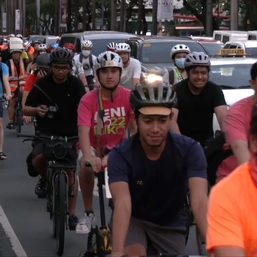
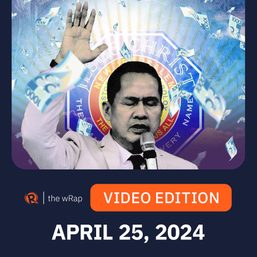
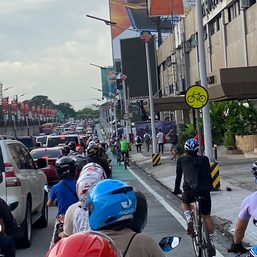
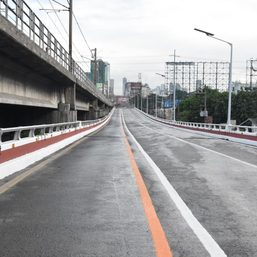
![[EDITORIAL] Kamaynilaan para sa tao, hindi para sa mga sasakyan](https://www.rappler.com/tachyon/2024/04/animated-traffic-april-2024-carousel.jpg?resize=257%2C257&crop=410px%2C0px%2C720px%2C720px)
There are no comments yet. Add your comment to start the conversation.